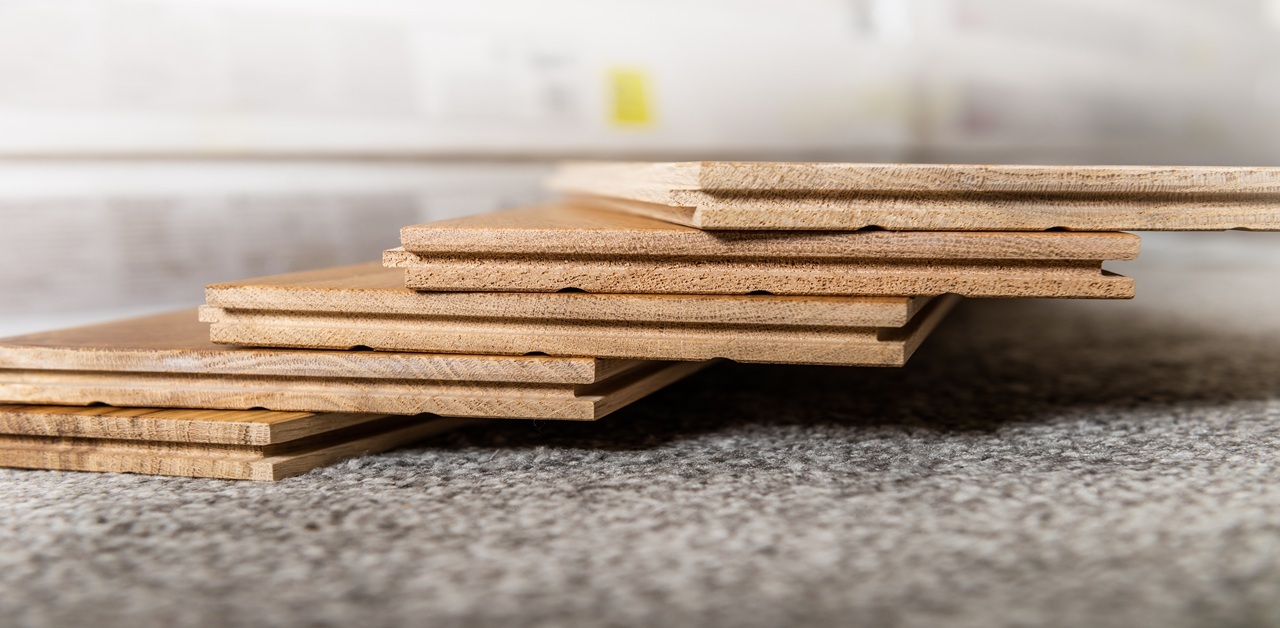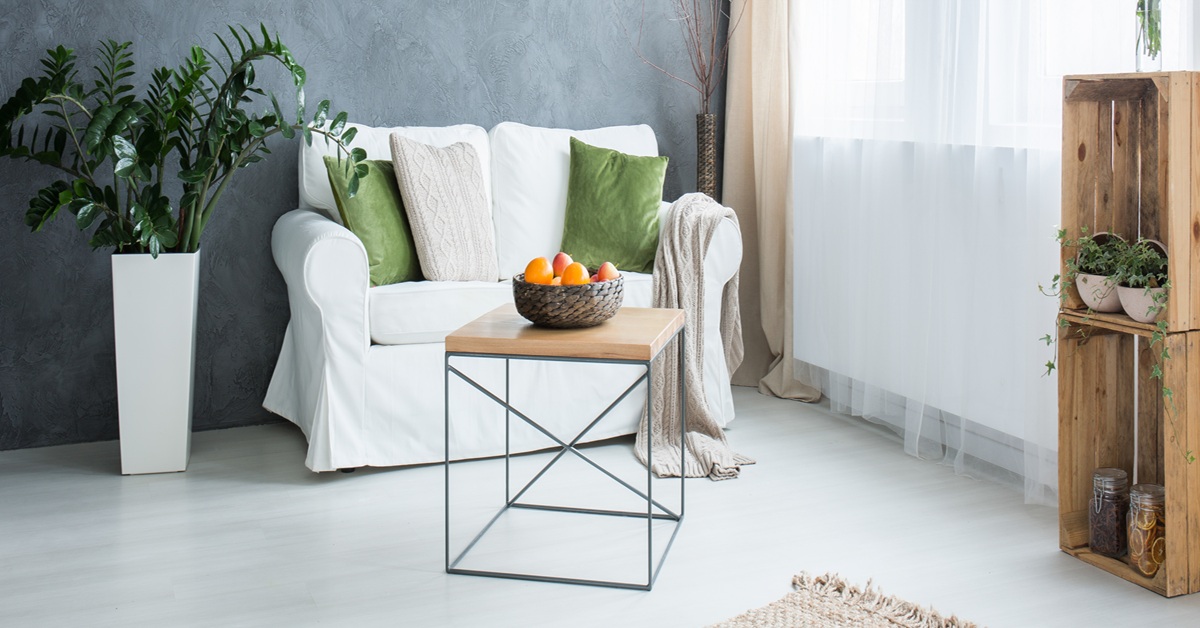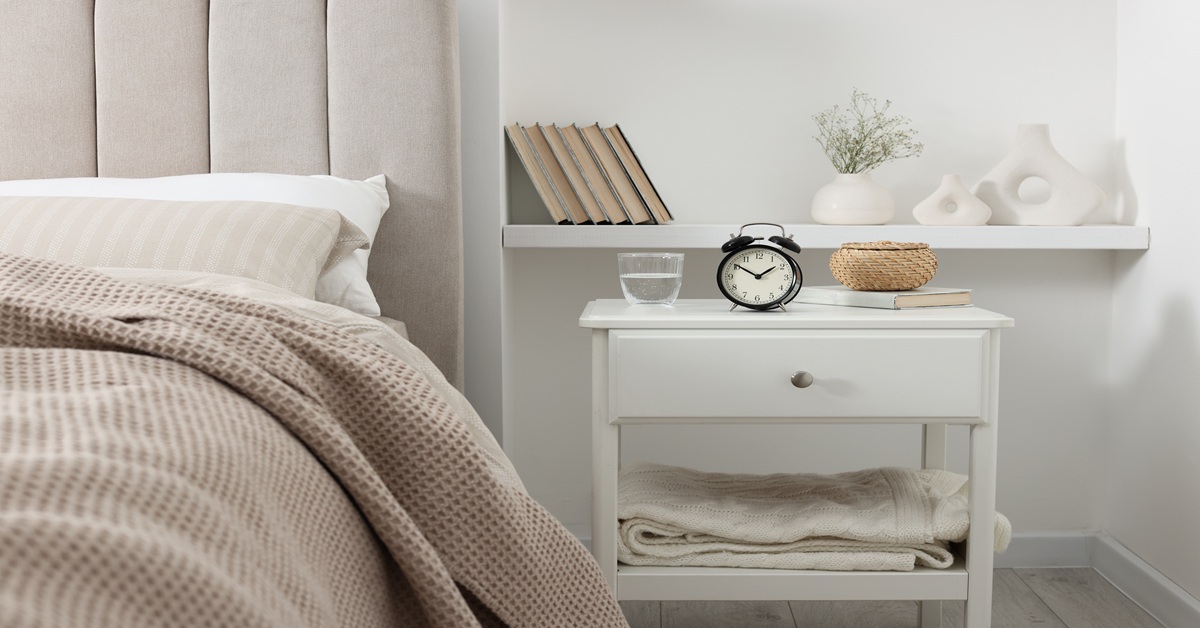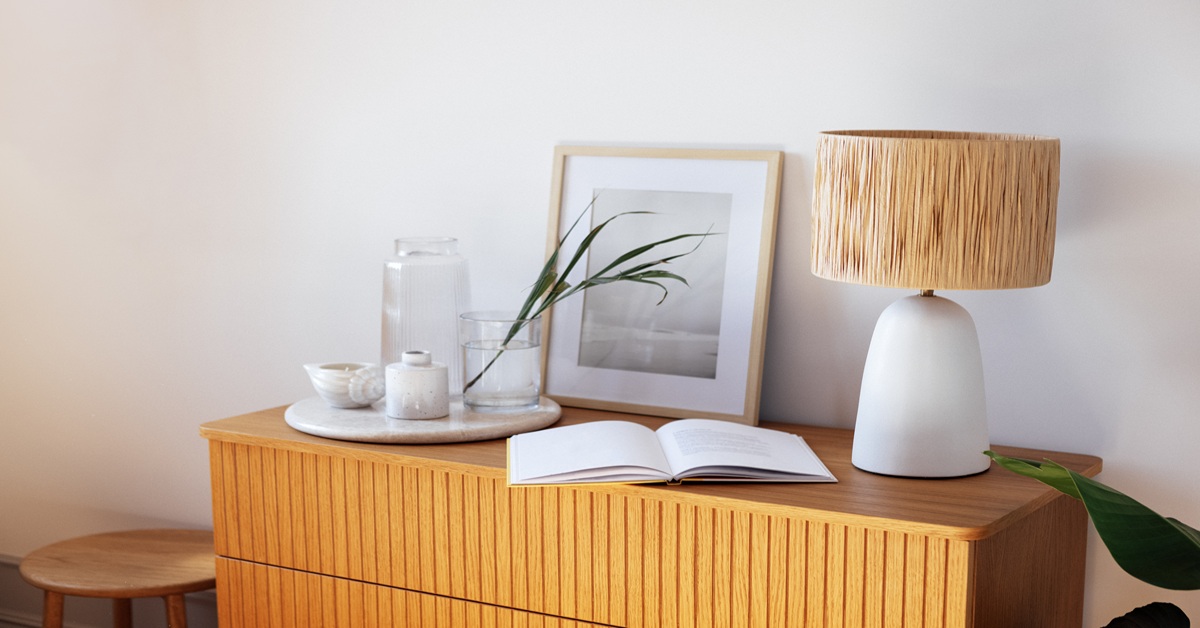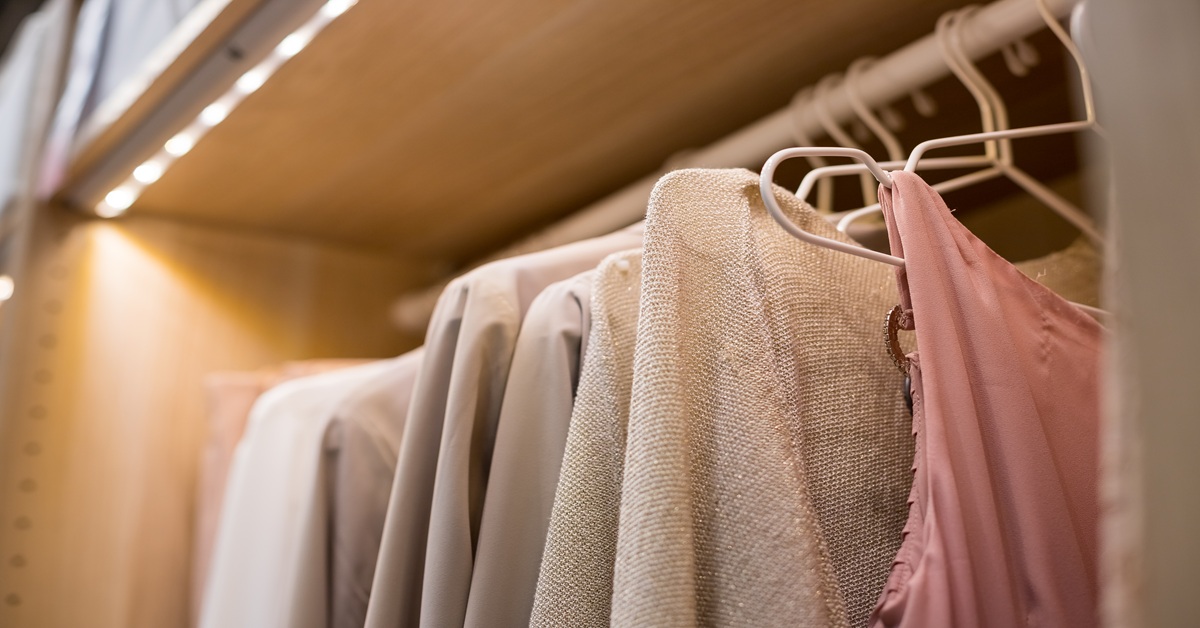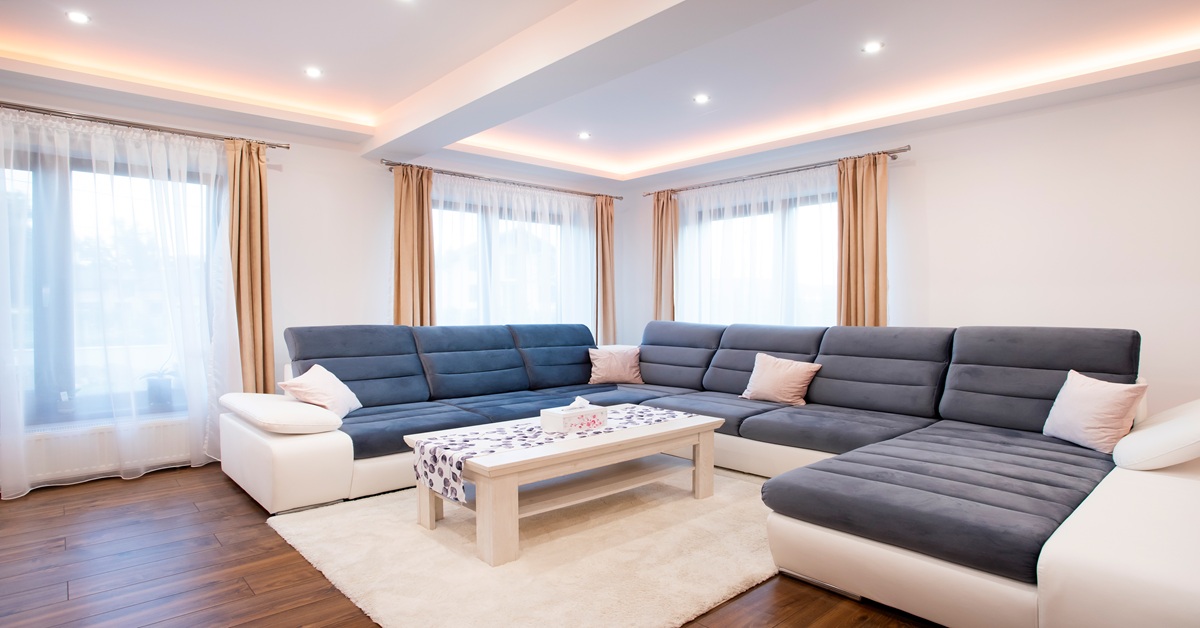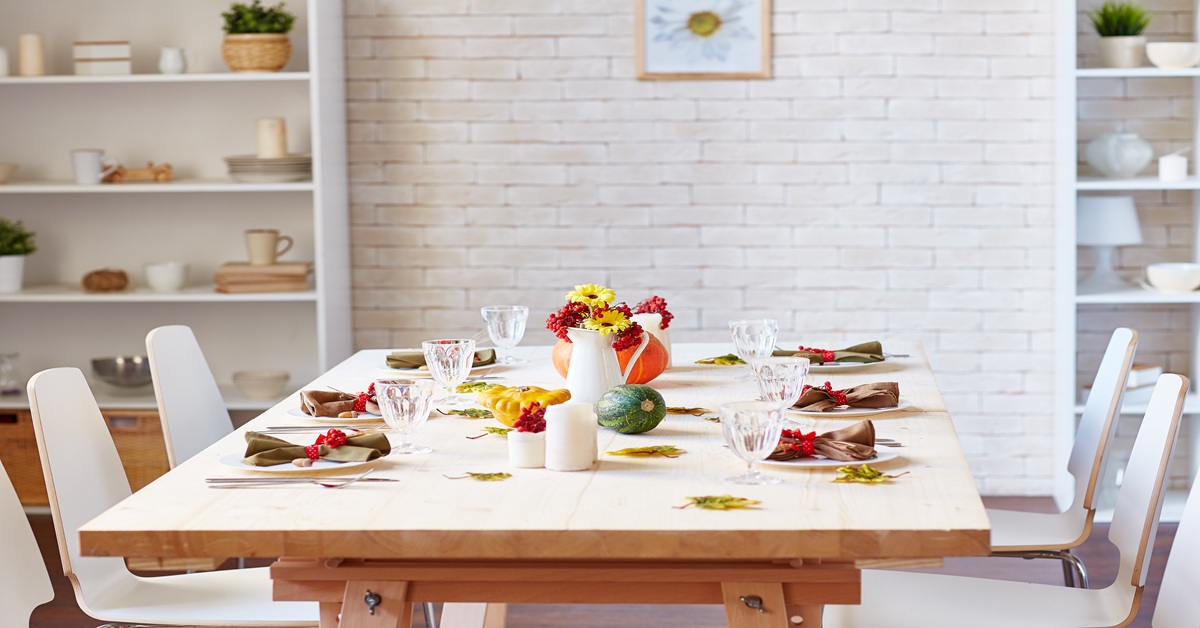Introduction
Choosing between medium-density fibreboard (MDF) and plywood is one of the basic considerations you will have to make when starting a woodworking, furniture manufacturing, or construction job that needs sheet materials. Although MDF and plywood are engineered wood materials extensively utilised in many different applications, they have distinctive qualities that make them appropriate for diverse uses. Ensuring the success, longevity, and visual appeal of your project depends on knowing the subtleties of MDF against plywood. Examining their composition, uses, benefits, and drawbacks, and finally advising you in choosing the correct material depending on your particular requirement and budget, this blog explores a thorough comparison of MDF against plywood.
Table of Contents
What is MDF? Composition, Uses, and Pros & Cons
What is Plywood? Composition, Uses, and Pros & Cons
Key Differences in Strength, Durability, and Cost
Ideal Applications for Plywood
What is MDF? Composition, Uses, and Pros & Cons
Medium Density Fibreboard, commonly known as MDF, is an engineered wood product made from softwood or hardwood residuals broken down into wood fibres, usually in a defibrillator, then combined with wax and a resin binder to make panels using high temperatures and pressure. The output of this technique is smooth, dense, homogeneous material free of knots. For fine cutting, shaping, and machining, MDF’s constant density makes it perfect.
MDF is used extensively in many different fields, especially in furniture manufacture for parts including cabinet doors, drawer fronts, and shelves. Its smooth surface makes it a great basis for laminating, painting, and veneering, enabling a wide spectrum of beautiful treatments. MDF’s acoustic qualities and interior trim work help it to be widely utilised in speaker boxes.
MDF has certain disadvantages, but it also has advantages. Although dense, generally speaking, it is not as strong or durable as plywood, especially under severe weights or moisture. MDF is not fit for moist or outdoor surroundings since it swells and loses structural integrity in water. Moreover, MDF might generate fine dust during milling, which calls for appropriate safety measures. For more involved applications, MDF weight can also be a factor.
What is Plywood? Composition, Uses, and Pros & Cons
Conversely, plywood is an engineered wood product made of three or more thin layers or plies of wood veneer joined together with adhesive. Usually, these layers are cross-grained, that is, oriented with their wood grain running perpendicular to the next ones. Compared to solid wood, this cross-graining greatly increases the strength, stability, and resistance to warping and shrinking of plywood.
Sheathing, subflooring, formwork, furniture manufacture (structures, panels), cabinetry, boat building (marine-grade plywood), and even artistic endeavours make plywood a flexible material utilised in various applications. Excellent strength-to-weight ratio makes it a preferred choice for load-bearing uses.
Compared to MDF, plywood has better strength and durability, it also resists moisture (particularly higher grades like BWR and BWP), and it can hold screws and fasteners tightly. Additionally, providing a natural wood grain look is plywood, staining and varnishing will accentuate this feature. But plywood may cost more than MDF, and its surface may not be as regularly smooth, hence, occasionally additional preparation is needed for some treatments. If done incorrectly using the wrong tools and techniques, cutting plywood can also occasionally cause splintering.
Compare MDF and plywood side by side and select materials that match your exact needs at Wigwam Ply now!
Key Differences in Strength, Durability, and Cost
MDF and plywood differ fundamentally only in cost, strength, and durability. Because of its cross-laminated building, plywood often shows better strength and durability than MDF. It is less likely to sustain impact damage and can handle more weight. Higher plywood grades are also quite resistant to dampness, which qualifies them for uses where MDF would fail.
Generally speaking, MDF is less expensive than plywood. This makes it appealing for tasks where high strength or moisture resistance is not crucial and money is the main factor of consideration. MDF’s reduced durability, however, could result in more long-term replacement expenses, therefore perhaps negating the early savings.
One more consideration is the weight differential. Generally denser and heavier than plywood of the same thickness, MDF might affect handling and transportation, especially for larger projects. With the particular needs of the project determining the decision, the choice between MDF and plywood usually boils down to a trade-off between strength and durability on one side and cost-effectiveness on the other.
Ideal Applications for Plywood
Because of its natural qualities, plywood shines in many different uses where moisture resistance, durability, and strength are most important. In building, plywood is the preferred material for structural sheathing of walls & roofs and subflooring. It gives a solid basis for completed flooring and concrete formwork because of its strength and resistance to pressure. Boat building and other marine uses where continuous water exposure is inevitable depend on marine-grade plywood, particularly engineered with waterproof adhesives.
Plywood is perfect for building strong carcasses for cabinets, sofas and beds as well as for shelves supporting heavyweights in furniture manufacture. Its capacity to securely hold screws and fasteners guarantees furniture piece lifetime and stability. Higher-grade plywood with weather-resistant adhesives is the recommended choice for outside uses, including fascia, siding, and outdoor furniture. Plywood’s natural wood grain also makes it appropriate for uses such as wood panelling and decorative veneers when a natural aesthetic is required.
Find the right fit and browse top-performing MDF and plywood options to suit every budget and application.
Final Verdict
The ultimate choice in the MDF vs plywood argument depends on a comprehensive assessment of the particular needs of your project, weighed against your financial limits. Particularly in structural or external uses, plywood is the best option if strength, durability, and moisture resistance are absolutely important. Although its initial cost may be more, its performance and lifetime usually repay the outlay.
MDF can be a reasonably affordable and appropriate choice, on the other hand, if your project calls for complex machining, needs a completely flat surface for painting or laminating, and is meant for indoor use in dry situations where heavy loads are not a factor. For cabinet doors, drawer fronts, and ornamental trim, its consistent density and smooth surface make it perfect.
In the end, between MDF and plywood, no “better” material exists generally. The best option depends totally on the intended use, the estimated wear and tear, the possible moisture exposure, the desired appearance, and the project budget. Understanding the unique qualities of every material and carefully weighing these elements will help you to make a selection that guarantees the success and lifetime of your next project. Providing a sturdy and dependable basis for your work, Wigwam Ply has a wide choice of premium plywood materials to satisfy even the most demanding requirements.
Start your project with confidence, explore plywood options backed by performance at Wigwam Ply now!
FAQs
1. What are the main differences between MDF and plywood?
MDF creates a smooth, thick board from wood fibres bound together with resin. On the other hand, plywood is made from cross-grain wood veneers glued together to provide a stronger board.
2. Which is stronger, MDF or plywood?
Usually stronger than MDF, plywood is layered and less likely to droop or bend. This is perfect for uses needing weight.
3. Is MDF or plywood better for moisture resistance?
Especially higher variants like BWR (Boiling Water Resistant) and BWP (Boiling Water Proof), plywood resists water significantly better than MDF, which can expand and break down upon contact.
4. Which is more cost-effective, MDF or plywood?
Usually less expensive than plywood, MDF is a good choice for tasks not needing considerable strength or water resistance.
5. What are the ideal applications for MDF and plywood?
Because MDF is smooth and easy to work with, it is often used in cabinets, furniture, and interior trim. On flooring, furniture needing durability and strength, and structural uses, plywood is better.

